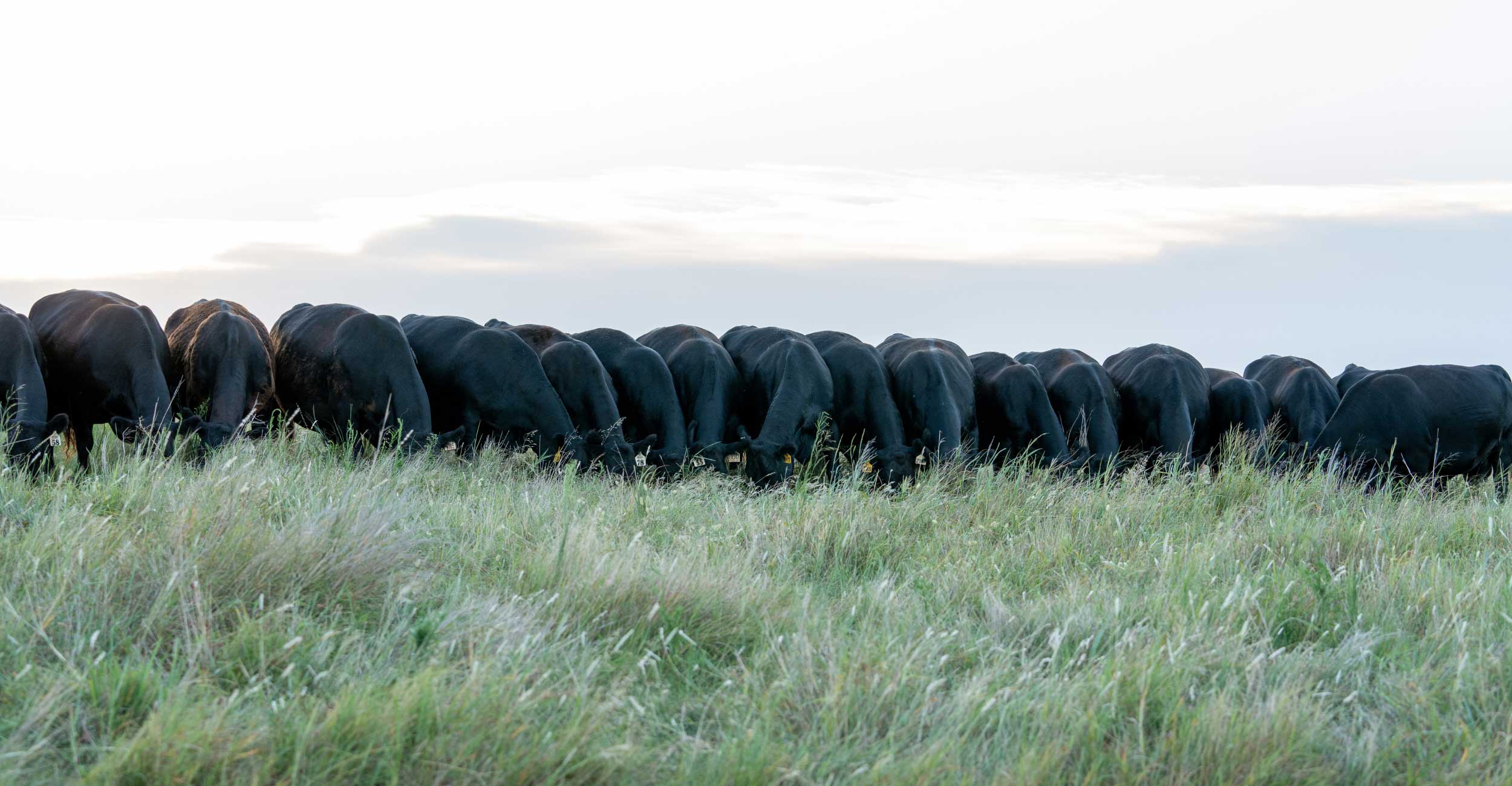
Calving Season – The Stakes are High
Tuesday, October 22, 2024
Media Contact: Kinsey Reed | Communications Specialist | 405-744-6740 | kinsey.reed@okstate.edu
Calving is a major event in a farm’s calendar. Dystocia (a difficult birth) and neonatal infection are the leading causes of calf loss, and preparation and adequate care before, during and after birth are key to the success of any calving season.
Pregnant cattle should be moved to a clean pasture or calving lot near their due date. Calving on a clean pasture reduces the risk of infection in newborn calves. Ideally, this location would be where the cattle can be easily monitored. Pregnant cattle should be watched more closely before and during the calving season, with cows being checked at least twice daily. Heifers are more likely to experience complications during and after calving and should be checked at least three to four times daily.
There are three stages of labor, and in general, cows move faster through each stage than heifers.
- The preparatory stage is first and is the most variable in length, lasting from 1 to 24 hours. During this stage, the calf moves into the pelvic canal and stimulates the start of a cascade of hormones. The cervical plug dissolves and the cervix starts to dilate. Signs are subtle and easily missed, and include decreased feed intake, lying down more than usual, separating from the herd and increased mucoid vaginal discharge.
- The delivery stage is the main event: the birth of the calf. It starts with the breaking of the fluid-filled bag around the calf (the “water”) and ends when the calf is expelled. This is the most active but normally the shortest stage. Cows should take less than an hour, while heifers might take 1-4 hours. Both cows and heifers should make steady progress throughout this stage. In general, assistance should be provided if the cow or heifer is actively pushing, and no progress is made for 30 minutes. The calf should present with either two front feet and a head, or two back feet followed by a tail; any deviation from this “2+1” rule is a malpresentation and will result in dystocia.
- The final stage is the expulsion of the placenta, and this can last from 1 to 12 hours. If the placenta is still present after 12 hours, it is considered retained. Do not pull on it! The placenta may tear into pieces, resulting in a higher risk of infection. Many cows who retained a placenta will pass it within a few days without problems, but contact your veterinarian to discuss if antibiotics or other medications are warranted if the placenta is still present after three days or the any signs of illness develop.
Assistance may be required when labor does not go as described, and early intervention is key to a favorable result. Dystocia may occur due to a variety of reasons; the most common causes are calves that are not in the correct position or that are too big to fit through the cow’s or heifer’s pelvis. Many simple dystocia can be corrected by the producer. Complex dystocia often requires veterinary intervention. If in doubt, call the veterinarian. NEVER under any circumstance should a calf be pulled with any type of vehicle!
The cow and calf should be monitored after the calf is delivered to ensure the calf stands and nurses. Colostrum intake is very important for calf health, and they should consume at least 10% of their body weight in colostrum in the first 24 hours after being born. If the calf has not been nursed within 2 hours of birth, they should be caught and fed 3 liters of colostrum. Colostrum can be collected from the cow or purchased. If purchasing a colostrum replacer, choose a product with at least 150 grams of immunoglobulins (IgG) per serving. Don’t be led astray by colostrum “supplements” — many of these contain little or no IgG!
Calving season can be stressful, but planning and knowing when to intervene when things don’t go according to plan helps ensure a good calf crop. Work with your herd veterinarian to discuss how to prepare for peripartum complications.
Dr. Kelsey Walker is a clinical assistant professor for Large Animal Emergency and After-Hour Care at the Oklahoma State University Veterinary Medical Teaching Hospital. Certified by the American Animal Hospital Association, the hospital is open to the public providing routine and specialized care for all species, as well as emergency care. Call 405-744-7000 for an appointment or see more information at vetmed.okstate.edu.
